1. Lionfish

Flickr
Lionfish are undeniably stunning, with their vibrant stripes and feathery fins. But behind their beauty lies danger—these fish have venomous spines that can deliver a painful sting if you get too close. Lionfish are not aggressive but tend to stay hidden among coral and rocky crevices, making it easy to accidentally brush against one. Their sting can cause swelling, intense pain, and, in severe cases, nausea or difficulty breathing. Always watch where you place your hands and fins while snorkeling. Admire these striking fish from a safe distance, and let them reign as the undisturbed rulers of their reef domains.
2. Moray Eels
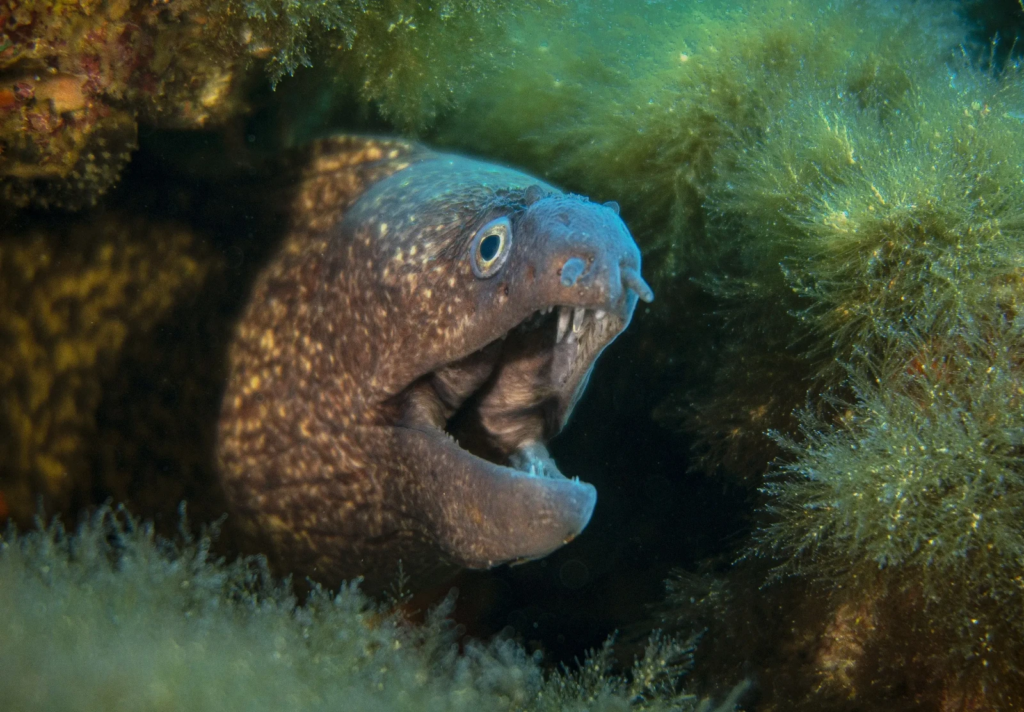
Animalia
Moray eels are known for their dramatic appearance—long, snake-like bodies and sharp teeth—and they often hide in crevices, waiting for prey. Though they are not aggressive, startling a moray eel by swimming too close to its hiding spot can provoke a defensive bite. Their teeth are designed to grip prey, so even a minor nip can leave a lasting impression. To avoid an unpleasant encounter, keep your hands and fins away from cracks and holes in the reef. These eels prefer solitude, and by respecting their space, you’ll enjoy the reef without disrupting their quiet lives.
3. Stingrays

Animalia
Stingrays glide gracefully along sandy sea floors, often blending so perfectly with their surroundings that they’re easy to miss. Accidentally stepping on one can trigger a defensive sting, resulting in a venomous barb injury that is both painful and potentially dangerous. While stingray injuries are rare, they can happen if you’re not careful in shallow waters where these creatures rest. The best way to avoid startling them is by practicing the “stingray shuffle,” gently shuffling your feet through the sand to give them a chance to move away. This simple precaution can save you from an unwelcome sting.
4. Stonefish

Flickr
Often called the masters of disguise, stonefish are camouflaged so well that they look like rocks or coral. But don’t let their appearance fool you—stonefish are the most venomous fish in the world, and stepping on one can result in excruciating pain, swelling, and severe complications. Stonefish lie motionless on the seafloor, waiting for prey, making them easy to miss until it’s too late. Always watch where you step or place your hands while snorkeling. If you’re in areas known for stonefish, wearing protective water shoes is a smart precaution. Observing them from afar is the safest way to enjoy their incredible camouflage.
5. Sea Urchins
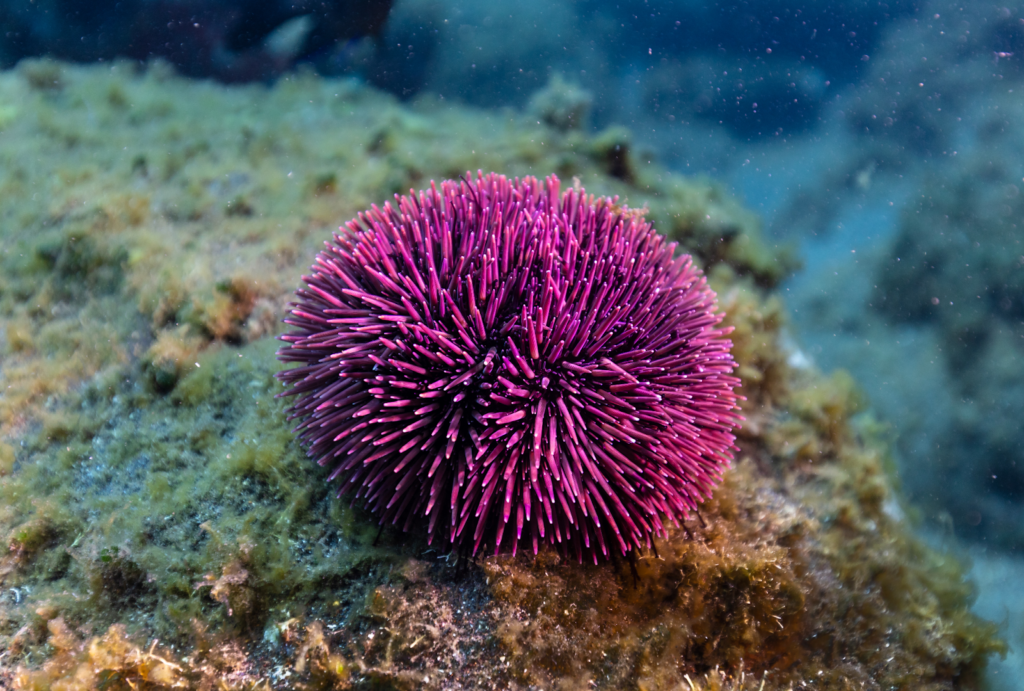
Wikipedia
Sea urchins are spiny, slow-moving creatures that can turn any snorkeling adventure into a painful experience if you’re not careful. Their long, sharp spines can puncture skin, causing pain and, in some cases, a reaction to venom. Found nestled in rocky crevices or scattered across sandy sea floors, they are easy to accidentally step on or bump into. Avoid walking or placing your hands on rocky or coral-covered surfaces where sea urchins may be hiding. If you spot one, take a moment to admire its unique design from a distance while keeping your movements controlled and deliberate.
6. Barracudas
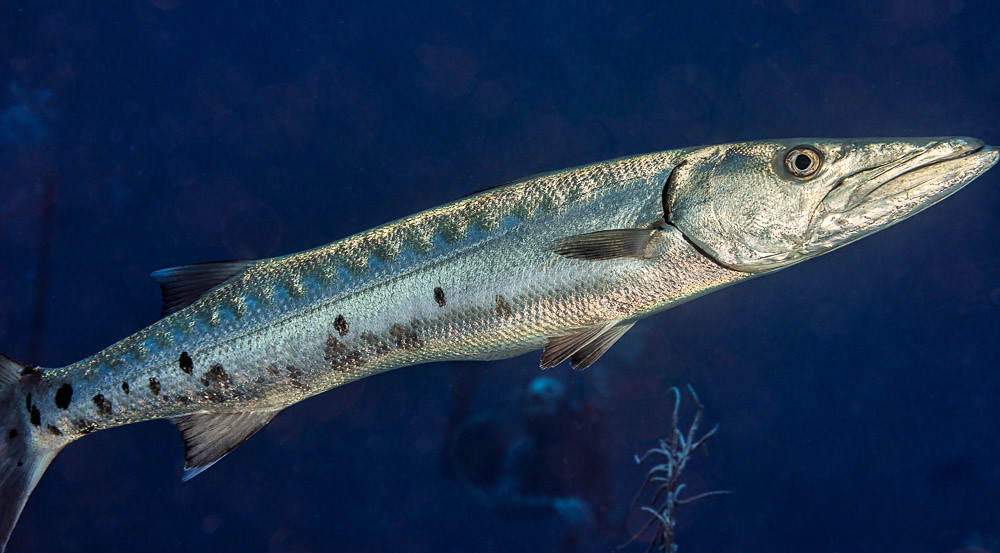
Flickr
Barracudas are sleek predators with a menacing grin, and while they rarely attack humans, they can be intimidating if startled. Known for their curiosity, barracudas are drawn to shiny objects, mistaking them for prey. Jewelry, reflective snorkel gear, or even metallic nail polish can attract their attention. If you encounter one, remain calm and avoid sudden movements—they are more likely to swim away than engage. Removing shiny items before entering the water can reduce the chance of an encounter. While barracudas are fascinating to watch, a little precaution ensures your snorkeling adventure remains peaceful.
7. Jellyfish

Wikimedia Commons
Jellyfish may look like floating art, but their tentacles can pack a painful sting, with some species posing serious health risks. Box jellyfish, for example, are highly venomous and can be life-threatening. Jellyfish are often found drifting near the surface, making them a common sight for snorkelers. To avoid a stinging encounter, stay alert and scan the water around you. If you see one, give it plenty of space to float by without interruption. A wetsuit or rash guard can provide extra protection against accidental stings, ensuring your snorkeling experience remains enjoyable and sting-free.
8. Octopus
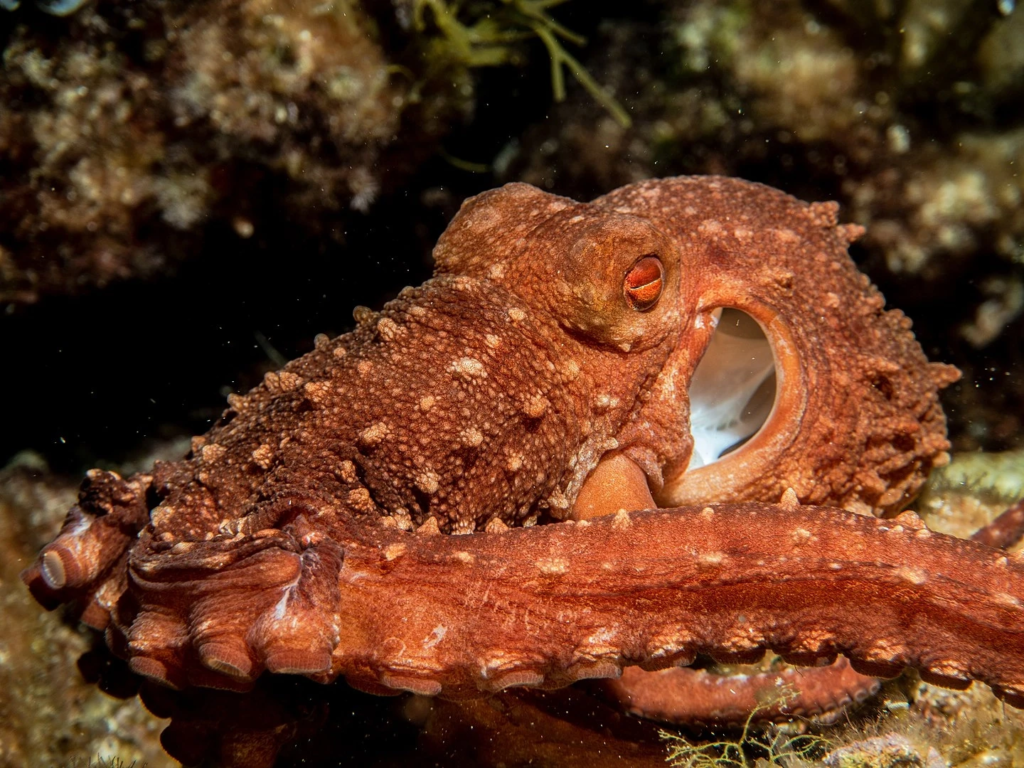
Animalia
Octopuses are intelligent, elusive creatures, often admired for their problem-solving skills and ability to change color. However, they can become defensive if startled or cornered. The blue-ringed octopus, in particular, is small but extremely venomous, capable of delivering a bite that can be fatal. While most octopuses prefer to avoid humans, provoking one can lead to unexpected consequences. If you spot an octopus, resist the urge to poke or chase it. Observing from a respectful distance allows you to witness its incredible behavior without causing stress or putting yourself at risk.
9. Triggerfish
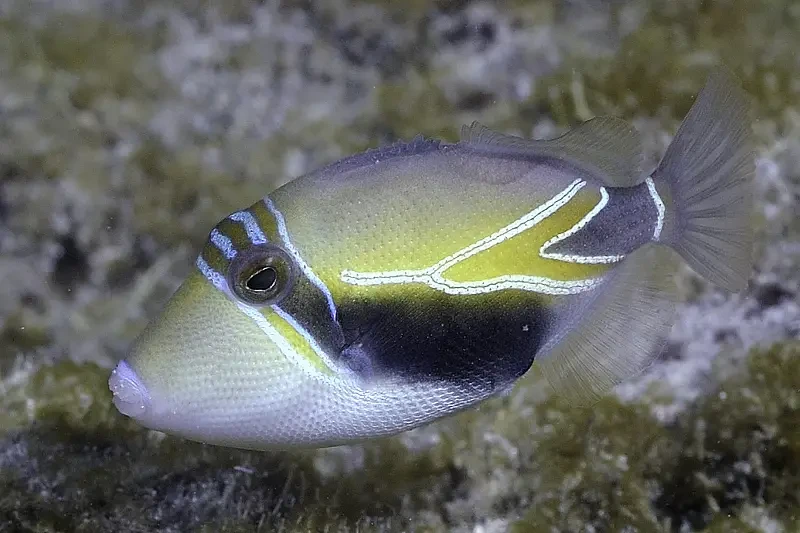
Animalia
Triggerfish are known for their vibrant colors and distinctive appearance, but they can be surprisingly aggressive, especially when guarding their nests. If you swim too close, they may charge or even nip at you as a warning to back off. Their sharp teeth and strong jaws make their bites memorable, and their defensive nature means they won’t hesitate to confront intruders. Avoid swimming directly above triggerfish or lingering in their territory. A wide berth is the best way to appreciate their beauty while keeping the peace.
10. Sea Snakes

Flickr
Sea snakes are fascinating creatures with slender, elegant bodies, often seen gliding through tropical shallow waters. While their venom is among the most potent in the animal kingdom, these snakes are typically docile and avoid humans. However, if you accidentally corner or provoke one, it might feel the need to defend itself. Sea snakes are naturally curious and may approach snorkelers out of interest, but the key is to stay calm and avoid sudden movements. If one gets too close, remain still and let it move along. Admiring their grace from a safe distance ensures a peaceful coexistence.
11. Cuttlefish

Animalia
Cuttlefish are nature’s underwater shapeshifters, capable of mesmerizing displays of changing colors and patterns. These intelligent cephalopods are usually shy and non-aggressive but can become territorial if startled. Some species, like the flamboyant cuttlefish, are also venomous, so it’s wise to avoid getting too close. If you encounter a cuttlefish, resist the urge to chase or corner it—it’s much more rewarding to observe its hypnotic movements from a respectful distance. Disturbing them not only stresses the animal but can lead to defensive behavior, so take your time and let this underwater magician put on its show undisturbed.
12. Nudibranchs (Sea Slugs)

Flickr
Nudibranchs, also known as sea slugs, are tiny, brightly colored creatures that resemble living jewels. Despite their small size and slow movements, many nudibranchs are armed with toxins or stinging cells they’ve absorbed from their prey, making them unwise to touch. These creatures are harmless when left alone, but disturbing them can release harmful substances that irritate your skin. Nudibranchs are best appreciated as living works of art—perfect for photographing but not handling. If you’re lucky enough to spot one, take a moment to marvel at its intricate patterns and vibrant colors from a safe distance.


